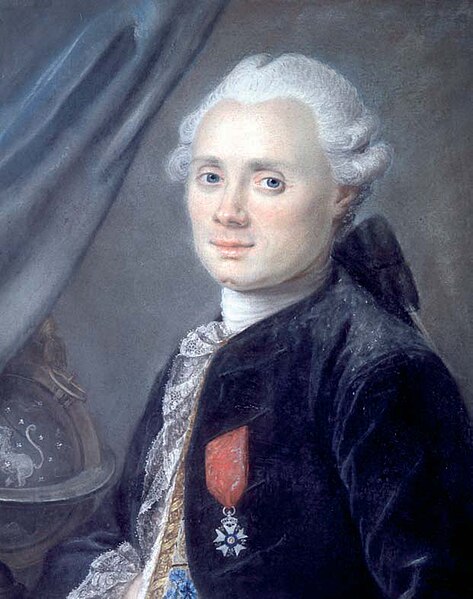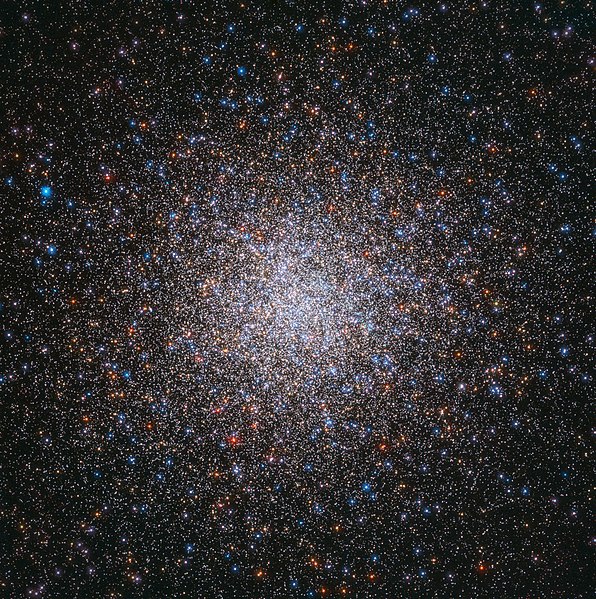The Ring Nebula is a planetary nebula in the northern constellation of Lyra.[C] Such a nebula is formed when a star, during the last stages of its evolution before becoming a white dwarf, expels a vast luminous envelope of ionized gas into the surrounding interstellar space.
The Ring Nebula as seen in infrared and visible light by a multiple exposure of images from the James Webb Space Telescope's NIRCam, showing an outer layer of hydrogen that is very faint in visible light
HaRGB image of the Ring Nebula (M57) showing the faint outer shells. The spiral galaxy IC 1296 can also be seen in the top left. Data from the Liverpool Telescope on La Palma, Islas Canarias (Canary Islands), Spain.
The Messier objects are a set of 110 astronomical objects catalogued by the French astronomer Charles Messier in his Catalogue des Nébuleuses et des Amas d'Étoiles.
Because Messier was interested only in finding comets, he created a list of those non-comet objects that frustrated his hunt for them. This list, which Messier created in collaboration with his assistant Pierre Méchain, is now known as the Messier catalogue. The Messier catalogue is one of the most famous lists of astronomical objects, and many objects on the list are still referenced by their Messier numbers.
The catalogue includes most of the astronomical deep-sky objects that can be easily observed from Earth's Northern Hemisphere; many Messier objects are popular targets for amateur astronomers.
All Messier objects
Charles Messier
Image: Crab Nebula
Image: Messier 2 HST Potw 1913a






